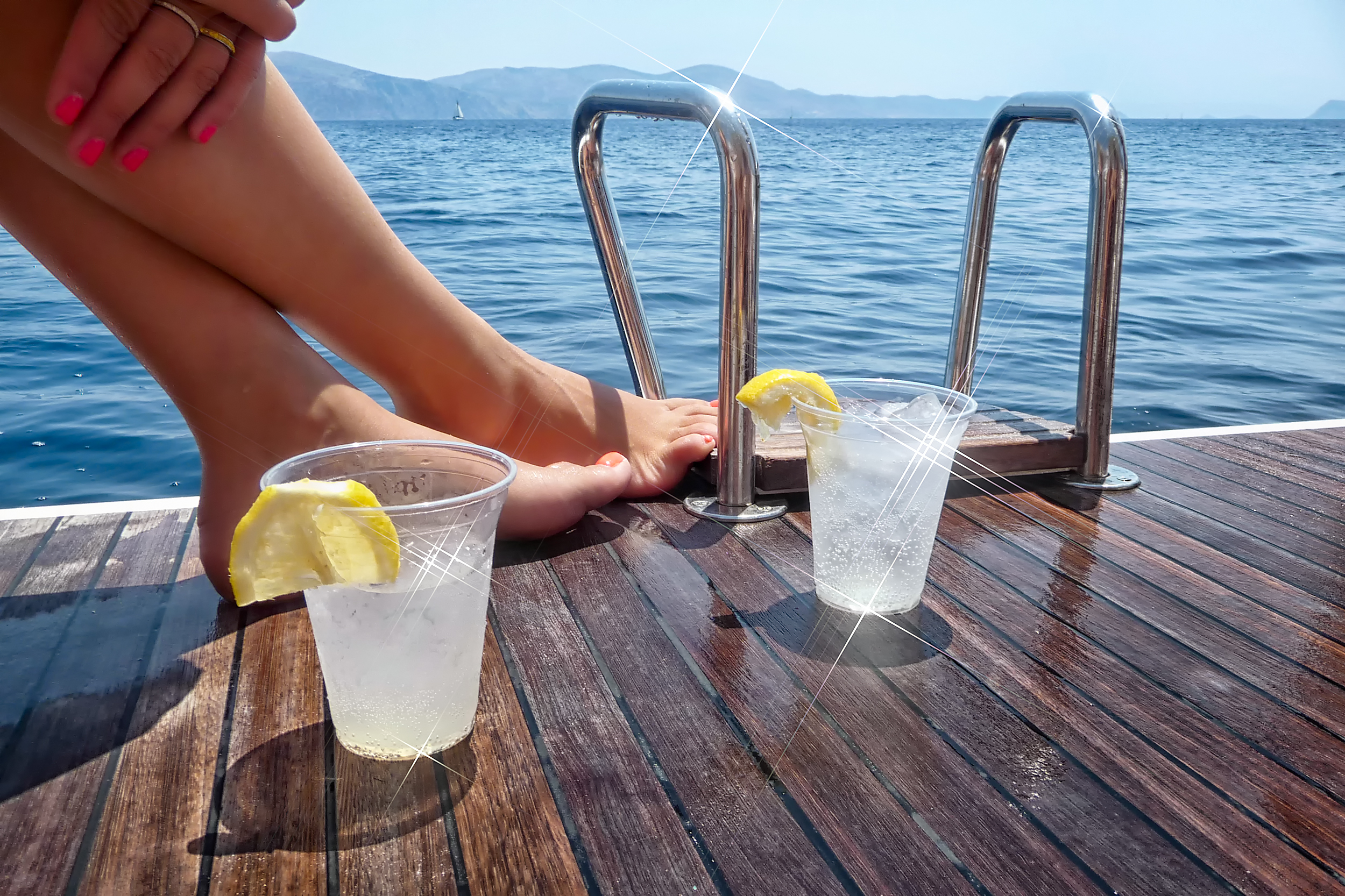Is the yacht industry incentivised enough to provide Owner’s with the most comfortable yacht?
The seakeeping performance of a motor yacht, and the comfort of the Owner and guests onboard is a topic which receives growing attention. Comfort at sea will mean different things to different people. Roll angle, accelerations, sea sickness, slamming, and the ability to work effectively are all possible measures of comfort. Comfort is also dependent on the many possible sea states and headings that can occur when the yacht is stationary (zero speed) or underway. It’s complex, and in reality the depth of understanding exists with a limited number of stakeholders (typically the naval architects).
Performance on the other hand, such as top speed, cruise speed, and efficiency, is more universally understood and easier for the industry to engage with as a concept. It is normal process for yacht building agreements to specify ‘contract speed’ and range, sometimes with stiff financial penalties for the yard if the target is not achieved. However, it is very unusual for quantitative comfort and seakeeping targets to be specified.
So, it is no surprise that the hull design of a new build will often follow an approach to optimise efficiency, or even exterior styling and not necessarily comfort. Depending on your definition of comfort, and the particular dimensions of the yacht, the requirements for speed performance and comfort performance may be contiguous. But often they are not, in which case seakeeping tends to become a secondary consideration in the design process and can result in Owners being unhappy with the level of comfort onboard.
But it does not have to be that way. Currently the yacht industry is not incentivised to provide Owner’s with the most comfortable yachts possible. As discussed above there are good reasons for that. But if comfort is a very high priority for a particular Owner, how can they influence the yacht ecosystem to get that result they want? For a new build project a change of approach is required.
First of all, start early. The beginning of the project is where the most influence on comfort is possible. The choice of hull and main dimensions will largely predetermine the comfort band width of the design. If comfort is the ultimate priority, then perhaps a more radical hull form is a relevant consideration. These questions are fundamental and should in some cases be addressed even before the first GA is developed. However, in 99% of cases the naval architect is not involved, and it is often the designer who sets the baseline.
So, it is important to get the right people. Comfort is a personal thing, on the Owner’s side it is beneficial to have someone who understands the Owner’s requirements for comfort. This needs to be interpreted into the language of the naval architect. On the design side there needs to be a similar expert who is able to hear those requirements and understand how that may influence the technical design. Then the conversation should begin.
Having been involved in some of these conversations, I find it amazing how different they can be. “The boat tips too much when it turns”, “the Owner’s wife feels nervous”, “it feels uncomfortable when we are setting anchor”, “in harbour the boat rolls more compared to the neighbours”: Through the conversation the naval architects can come to a common understanding of what does comfort mean for this particular Owner. This sounds straight forward, but the reality is that this is a tough nut to crack. Often there are long lines of communication, misunderstandings and misinterpretation. Without the right people, confusion is often the outcome.
Once a common understanding is reached, a set of specific comfort requirements can be developed. On rare occasions I have seen these targets form part of a building agreement with shipyards, a strong incentive. Seakeeping is an area of infinite variables. So any comfort requirements will need to be very specific, which is why a tailored process to an individual Owner is a good approach. However, it is also worth to note that there is currently an ISO working group tasked with the development of a more general yacht comfort standard. It is early days, and a highly challenging project, but may in the future provide a more accessible and universal measure of yacht comfort.
The final step is to implement the requirements into a design. The naval architect, as part of the wider design team, needs to especially consider the hull form, main dimensions and weight distribution, as these will have the most influence on success. It is also important to consider the right stabilisation system to complement the design. There is significant variety on the market, and the best choice of system will depend on the comfort targets set for the project.
These days the early design phase can be complemented by computational seakeeping analysis. For a relatively low cost this can provide a prediction and an opportunity to evaluate and optimise a developing design. I find it surprising how rarely this is done, but such an approach is able to significantly enhance an Owner’s comfort and enjoyment on the waves.
